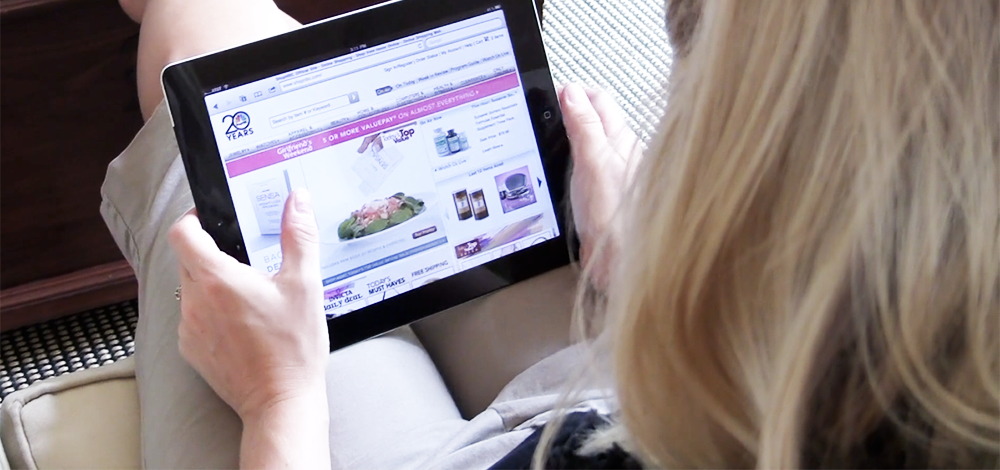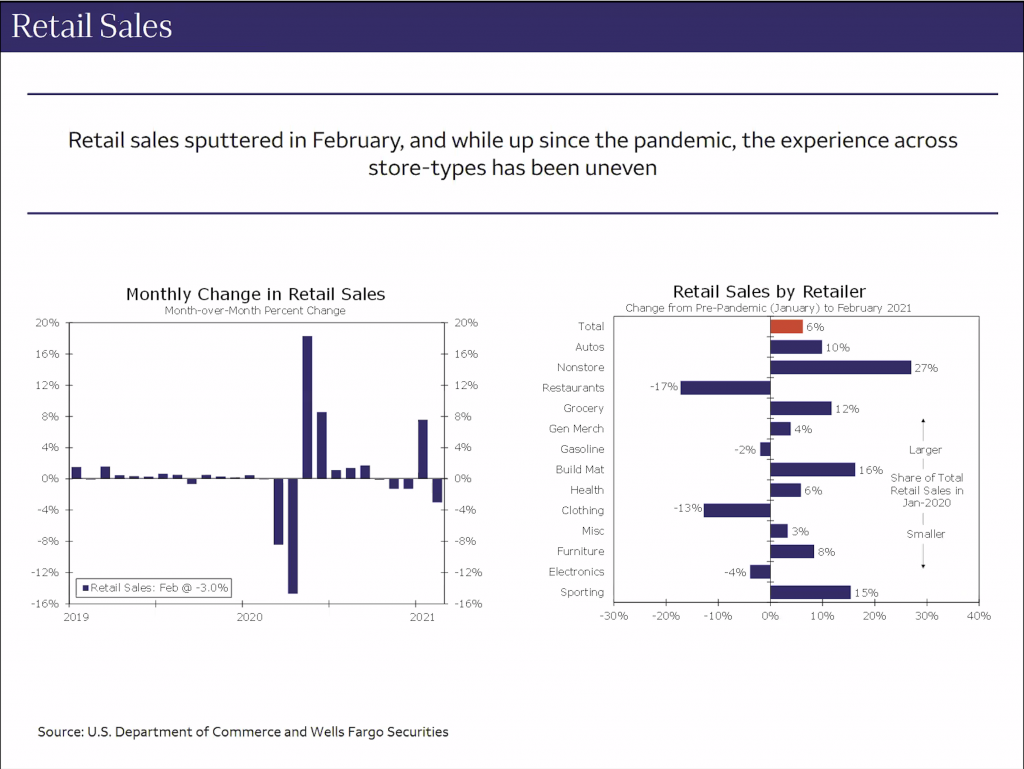Bridget Brennan, author of “Why She Buys: Winning Her Business and Why,” stated in her presentation to retailers at Nationwide Marketing Group’s PrimeTime event March 18 that while certain conditions were not within their control – most notably, the pandemic, that they were “100 percent in control of customer experiences.” With that assumption, she proceeded to highlight the motivators that they could best leverage to capture and retain female buyers.
Brennan stressed that forging an emotional bond with women consumers could be powered by four main motivators, all of which can serve as strong influences in both women’s decision-making about choosing a store and in their remaining loyal to that choice moving forward; she then illuminated these with strategies about how to enact them.
One of the four motivators, she said, is to make women customers feel “connected. Look at your merchandising materials. Audit them. Do they use emotionally engaging language to match the way [women] think about their homes?” She said that words and phrases that suggest repurposing home spaces, or that talk up the importance in communicating to customers about wellness maintenance in the home, such as emphasizing allergy-free bedding and using the Sanitize cycle on a washer, were helpful. On the ecommerce front, she recommended writing “better descriptions – don’t just provide ‘cubic feet’ measurements for refrigerator interiors, but rather, say, ‘This side-by-side freezer can hold 16 frozen pizzas.’ Don’t bury your story in your website.”
The next motivator is to make female buyers feel “inspired. If you’re not inspiring, you’re not selling,” she said. “Your customers can only be as enthusiastic as you are.” She encouraged dealers to ask “discovery” questions beyond “Can I help you?” and to merchandise products “in context,” along with complementary accessories.
Another motivator she cited was to help the customer feel confident about her buying choice, encouraging retailers to emphasize their policies of service after the sale, and making sure to be pro-active about following up on any aspect of the transactional experience.

Finally, Brennan exhorted listeners to make female customers feel appreciated for their business, by using “gracious thank-you language like, ‘You’re welcome!’ instead of “Not a problem!’ Celebrate the purchase, by sending an email or a thank-you card in the mail – it’s a small thing [but will be remembered].” She also advised doing regular follow-ups to keep top of mind with female clients for when their next needs arise.
In the post-webinar Q&A session, Brennan acknowledged that women buyers very much miss shopping in stores “in the way they used to, taking their time and interacting with salespeople. But over the past year, retailers have opened up consumers to new ways of shopping. Within the four walls of a store, you can fully engage the five senses. The opportunity now for brick-and-mortar stores is to rethink how to deliver [similar] experiences that you can’t get online.”



